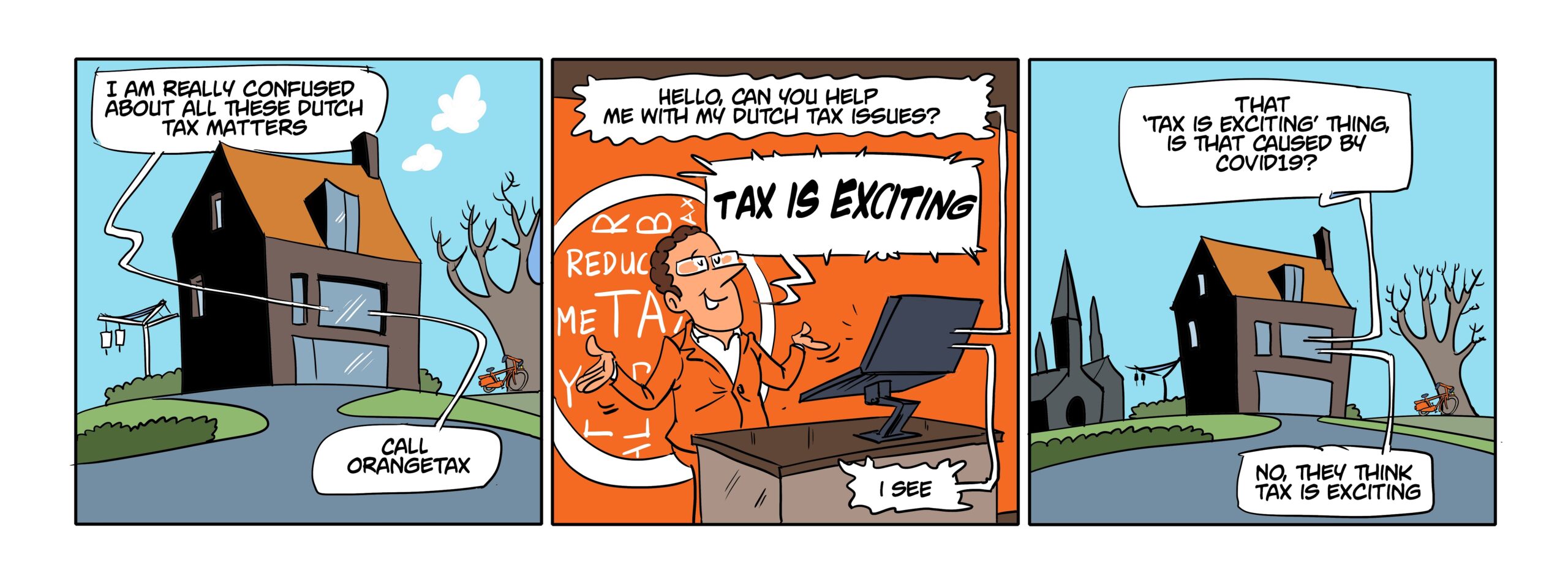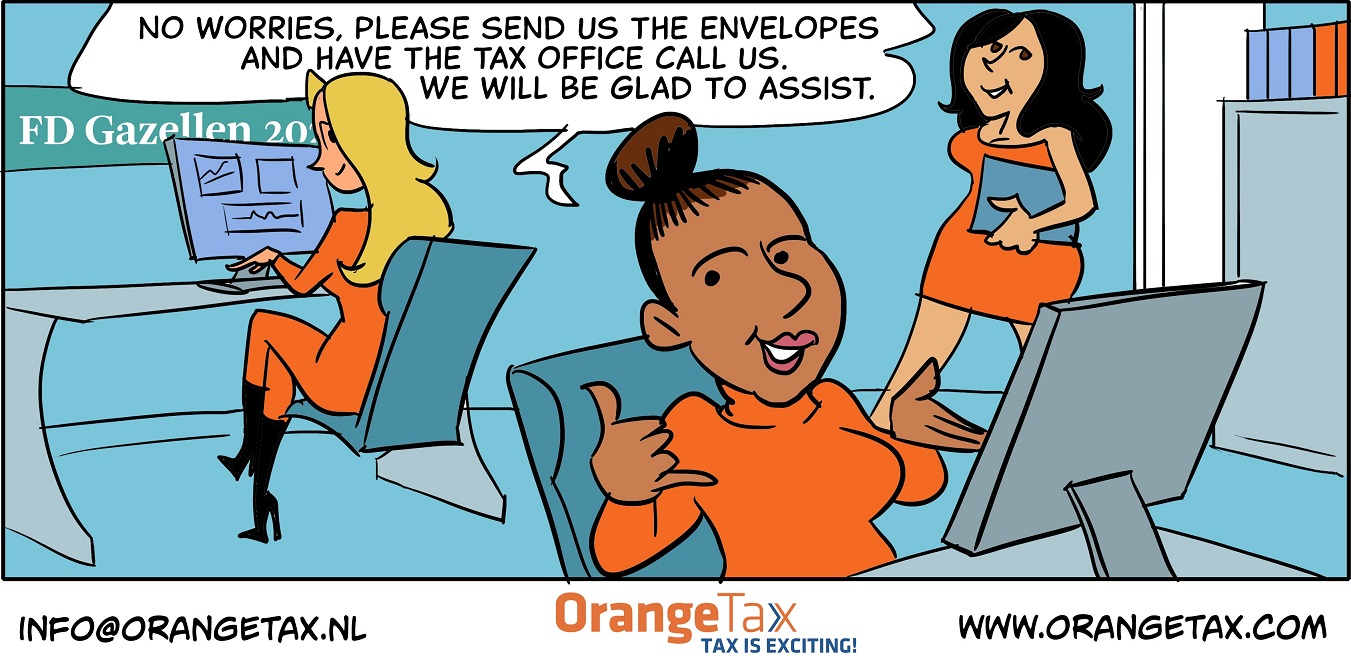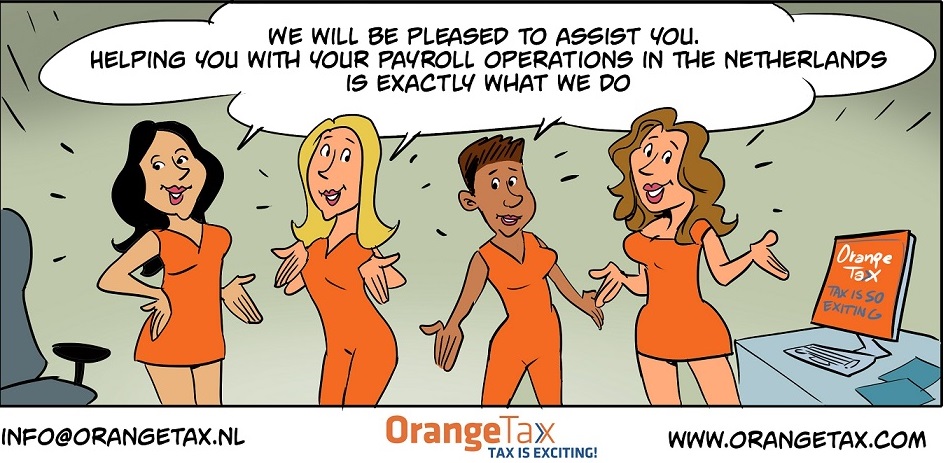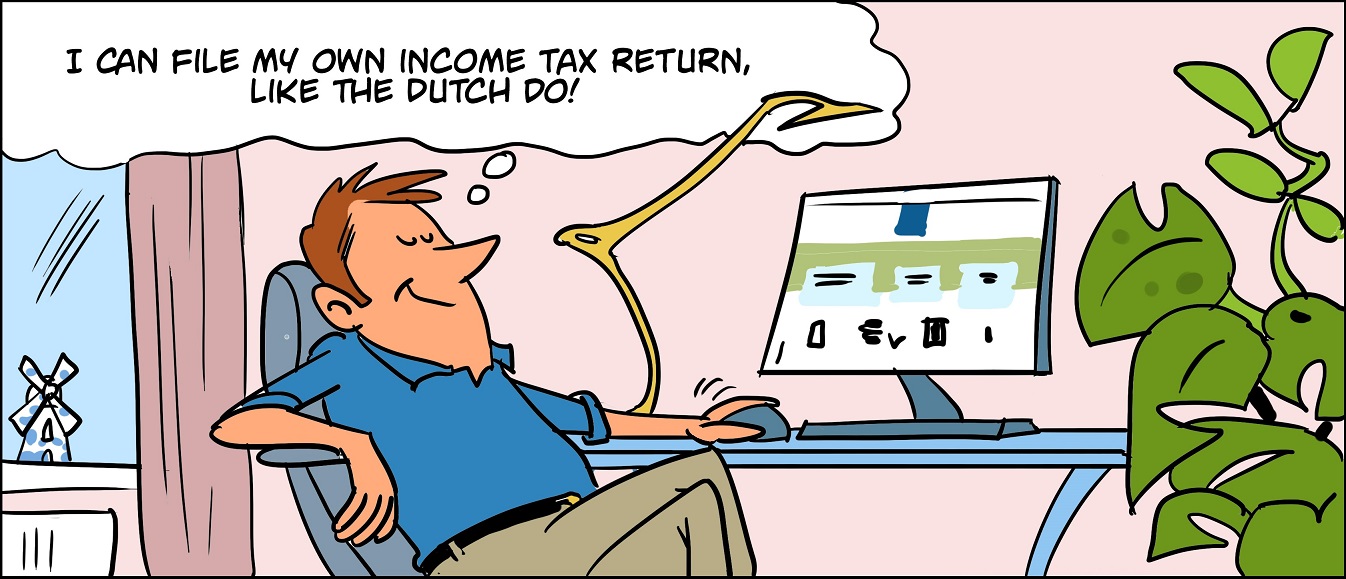Combine house next door with your own. Probably you think the neighbor might not like that. What if you are also the neighbor, can you make the connection?
Combine house next door with your own
There are apartment buildings with one door, big stair case, and several floors with housing. You are on the third floor. The fourth floor you were able to purchase.
Maybe the apartment only has two floors and you were able to purchase them all.
Or you have one roof with two houses under it, you bought the neighbors.
An apartment building next door was purchased by you.
In all of the above situations there is a desire to have the two properties seen as one. Is this connection possible?
City issues
The first problem you encounter is the city you life in. Not only do we have a buyers protection. The city also has issues with houses taken off the market due to combination.
The problem can go from bad to worse if you are not permitted to combine the properties. And the recently purchased house is under the buyers protection, so you cannot rent it out as well.
Tax issues
The house that is your main residence is in Box 1. Box 1 implies that the costs related to the loan taken out to purchase the house, are deductible. The deduction is limited by a threshold that is based on the so called WOZ value. The WOZ value is a value set by the city on basis of which local tax is collected.
The criteria of your main residence is the fact that you use the house as your central point of life. And you can only life in one house at a time. Hence the other house you purchased is in Box 3. And the taxation in box three is not a deduction. In Box 3 you are supposed to pay tax over the WOZ value times a 6,17% assumed yield. The tax rate is 36%. (2024)
Indeed, the loan you took out for this Box 3 house reduces the taxation, but only with 2,28% times the debt times 36% tax (2024). You do not need a calculator to understand you do not want to have this house taxed in Box 3.
Court case combined houses
A tax payer owned both houses under the one roof. Each house is registered as such with the Kadaster(land registrar), each house has its own WOZ value and each house is a taxable object.
This tax payer had already the demolition permit, to demolish both and build a new property on the spot where at the moment of the court case were still two properties.
In his 2014, 2015 and 2016 income tax return he reported the Box 3 house for a negative value. The tax office corrected the tax returns. The negative value was again the WOZ value.
The tax payer appealed and claimed on top of the zero value of the Box 3 house that the Box 3 taxation should in fact become a refund for him. That was caused by the value of the properties for which a demolition permit was granted were in fact negative, according to him.
The court ruled that each property has its registration with the Kadaster and the awarded WOZ value. The tax system is based on this rule. There is no reason to abandon the law on this part, hence the appeal was denied.
The high court did not even gave the appeal a glance, as the rules with respect to properties in Box 3 are crystal clear. The high court is not behaving disrespectfully. The role of the high court is to see if in the earlier procedures the correct rules were applied. As this is a very clear rule, the high court did not need to spend time on the matter.
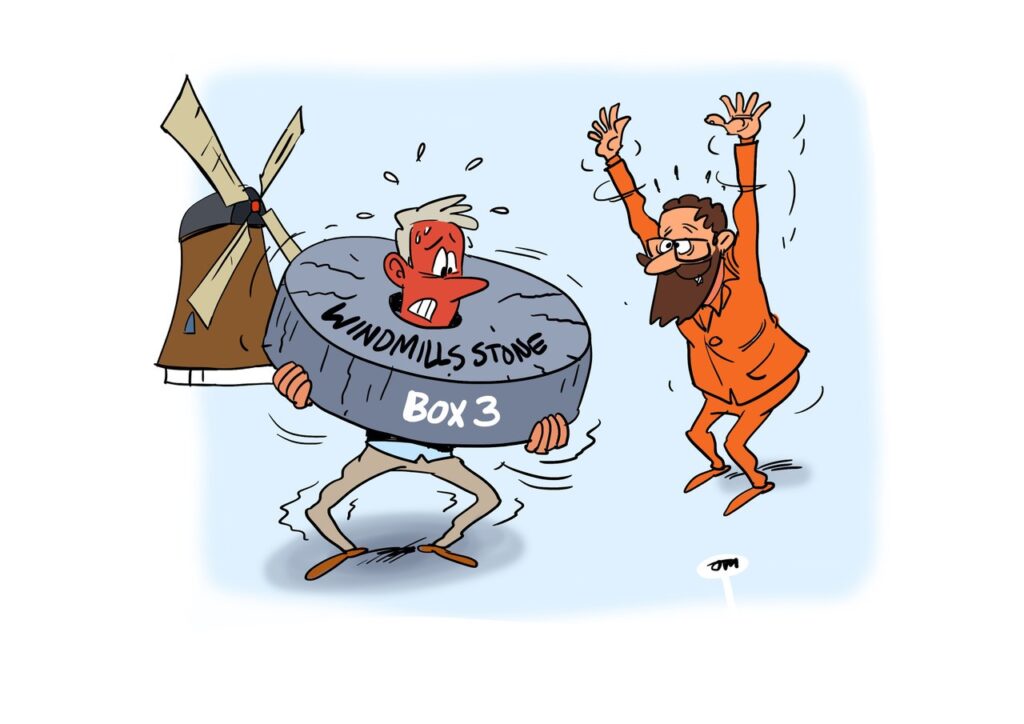
Conclusion of this court case
Our conclusion about combine house next door with your own court case. The city apparently after a lengthy procedure starting in 2014 granted a permission to demolish both properties. Untill the kadaster is updated, if that will be updated, the tax payer is taxed for one property in Box 1 and the other in Box 3. Regardless of the state the property is in.
You could have the opinion if the house is demolition ready, the WOZ value should show that. Maybe not, in this housing market even the land can be valuable. A two house under one roof situation is not for everybody, often on a not for everybody location.
Tax is exciting
We think tax is exciting. Box 3 has proven itself not to be exciting at all, more a windmill stone around your neck. This is probably a Dutch expression translated in bad English. But you get the picture. The result is that creativity enlightens to avoid Box 3 taxation. The above suggestion is denied. Waiting for the next one in court.


